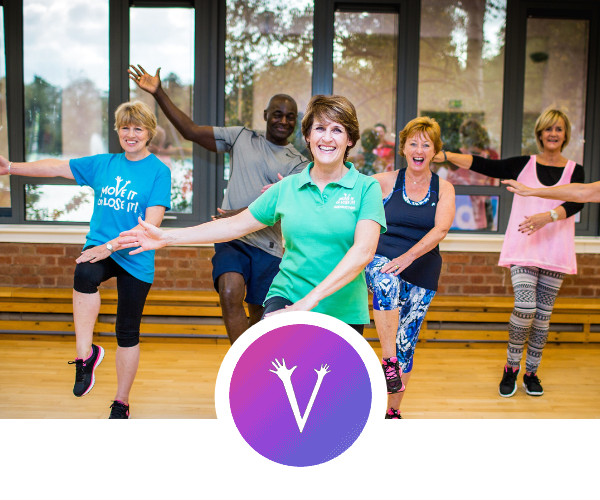How to improve your balance for better health

Why is it so important?
Balance is the body’s way of coordinating muscles, joints, and sensory information from our environment to maintain stability.
As we get older, our bodies change in ways that affect balance. We may have less muscle strength and flexibility. Our vision can change, and our reaction times may slow down. And our blood pressure can affect our balance too.
Poor balance can increase the risk of falls in older people. They are a leading cause of injury and hospitalisation and can result in a loss of independence and a poor quality of life.
Beyond physical safety, it also plays a role in overall fitness. Maintaining good balance can help your mobility, flexibility, and strength. It’ll also help you to perform everyday activities with ease and confidence.
This can help support independence, encourage social interaction, and promote a sense of achievement. These factors are known to improve mental and emotional well-being.
The science behind balance and longevity
A recent study published in The British Journal of Sports Medicine discovered that the inability to stand on one leg for at least 10 seconds in middle age and beyond correlates with a higher risk of mortality.
The research followed participants over a decade. The study found that people who failed the test were almost twice as likely to have health problems. These problems included a higher risk of heart issues, obesity, and diabetes. This simple test reveals just how interconnected balance is with the broader aspects of health.
This does not mean that balance alone decides how long we live. However, it does show health problems that often go unnoticed. Difficulty balancing may show weaker muscles, less flexible joints, or heart problems. These issues can raise the risk of falls and other health problems.
In short, balance is like a “canary in the coal mine” for health. It gives us clues about the body’s overall strength.
How can you improve balance?
The good news is that balance can be improved at any age. Even simple, consistent activities can lead to significant improvements in stability and coordination reducing falls. Here are some ways to integrate balance training into your daily routine:
- Start with simple exercises: You can try standing on one leg. Another option is to walk heel-to-toe in a straight line. You can do these exercises at home, and they only require a few minutes a day.
- Add strength training: Strengthening your legs, core, and back can greatly improve your balance. Exercises like sit-to-stands, squats, lunges and wall sits build the muscles necessary for stability. Strength training helps maintain the muscle mass needed to stay strong and steady
- Practice mind-body activities: These include dancing, yoga, tai chi, and Pilates. They help improve body awareness, balance, and controlled movements. These practices improve your physical balance. They also help you develop focus and coordination. This benefits both your mind and body.
- Engage in a regular routine: Just as with any other fitness goal, consistency is key. The more you practice balance exercises, the stronger your muscles will get to reduce the risk of falling. Your body will also become better at staying stable. Classes like those offered by Move it or Lose it are specifically designed to help older adults increase their levels of physical activity.
- Seek Professional Help: Talk to your doctor or a healthcare professional if you are worried about your balance. They will understand your health conditions and can also discuss any side effects of your medications. They can help you to identify your fall risks and find support to prevent falls.
Watch this video Improve your balance in 5 minutes:
It shows you how to stand like a flamingo and engage your core muscles. You can also time yourself to see how long you can hold this standing position.
The goal is to hold this position for about 30 seconds if you are under 69. If you are 70 to 79, aim for about 20 seconds. For those over 80, try to hold it for 10 seconds.